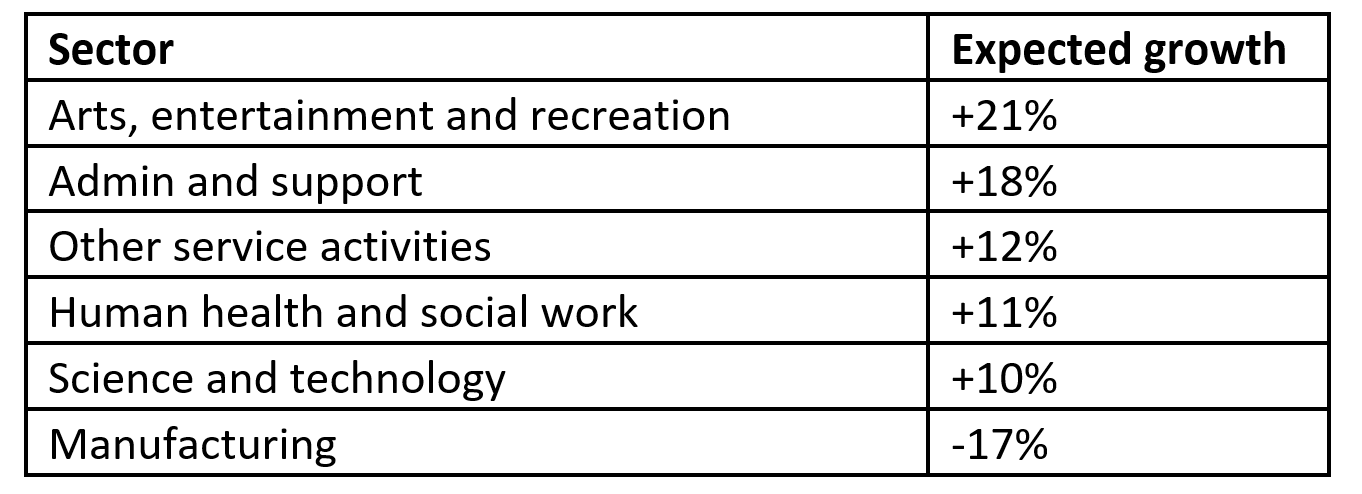What does a booming tech, arts and science sector mean for the West Midlands housing market?
Region’s flourishing new job sectors – from the arts to science and technology – is leading to an increase in housing demand
2 minutes to read
Over the last five years house price growth in the West Midlands has outpaced growth across the rest of the UK, as new employment opportunities drive demand for new homes, according to a new report by Knight Frank on the region.
New sectors are set to power the region’s economy over the next decade, as the West Midlands moves away from its traditional manufacturing heritage, and attracts new employers including Goldman Sachs and the BBC.
Indeed, jobs in the arts, entertainment and recreation are set to grow 21% by 2030, while those in professional services, science and tech will rise 10%, according to Knight Frank analysis of Oxford Economics data. In contrast, the region’s manufacturing sector is forecast to decline by 17% across the same period.
Between June 2016 and June 2021, average house prices in the West Midlands increased by 32%, compared with 25% growth across the rest of the UK. Birmingham house prices rose 29% over the past five years to £208,241.
Growth in London, by comparison, was more subdued – growing only 9% across the same period.
As the UK's second largest city, Birmingham will be key to meeting the West Midlands’ housing delivery goals. Our analysis of pipeline data shows the city is on track to deliver around 12,000 new units over the next five years. Given the city's annual target of 4,829 new homes, this suggests that it may need to deliver more units in the outer suburbs and release more greenfield land to meet delivery targets. However, this strategy is not currently favoured by the West Midlands Combined Authority, who say they are continuing to pursue a brownfield-first approach to housing by using government funds to unlock derelict industrial land for development.
Birmingham's annual housing target rose by 35% in December 2020 as part of a wider central government strategy to increase the supply of housing in urban centres.
Currently, over 6,000 units are under construction in Birmingham.
The population of the West Midlands, which currently stands at 5.9 million, is set to grow by another 225,000 over the next decade – fuelled by increased professional opportunities which are, in turn, bringing higher earners into the region. Average earnings across the West Midlands have already grown 14% over the past five years, while in Birmingham they have increased 16%. Average disposable income is forecast to grow by nearly 40% by 2030.
West Midlands’ fastest growing job sectors over next 10 years
